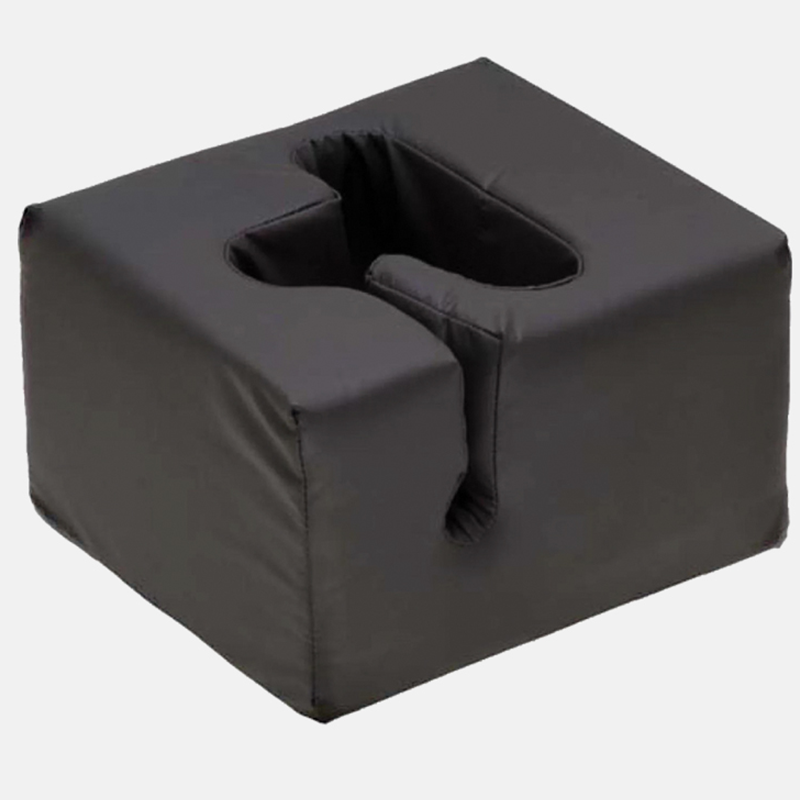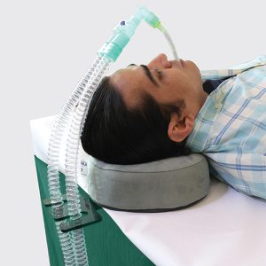Surgical Prone Positioner with Anesthesia Tube Holder
Ensure secure airway access and patient comfort during face-down procedures with the Prone Position Anesthesia Tube Holder – a vital solution for maintaining proper head alignment, intubation stability, and tissue protection during prolonged prone-position surgeries.
This device is engineered to support the head, neck, and facial structures, while allowing anesthesiologists unobstructed access to airway tubes. Whether used in the OR or ICU, it significantly reduces risks of airway obstruction, skin damage, and nerve compression.
✅ Key Benefits of the Prone Surgical Positioner:
-
Stable Airway Management: Designed for secure endotracheal tube (ETT) positioning during general anesthesia in the prone position.
-
Ergonomic Head Support: Distributes pressure evenly across the head and face to prevent pressure injuries.
-
Closed Circuit Access: Side channels provide easy access to breathing circuits and anesthesia equipment.
-
Reduces Complications: Minimizes the risk of ocular, neurological, and hemodynamic injuries during surgery.
-
Multifunctional Use: Ideal for spine surgery, eye recovery, ICU positioning (e.g., ARDS/COVID-19), and massage therapy.
🧠 Clinical Applications:
-
Spinal surgeries in the prone position
-
Eye surgeries and post-operative recovery
-
ICU respiratory support (ARDS, COVID-19)
-
General anesthesia in prone-positioned patients
-
Rehabilitation and physical therapy
-
Therapeutic massage sessions
⚠️ Prevent Intraoperative Complications:
-
Ocular Protection: Prevents ischemic optic neuropathy or retinal injury.
-
Cerebral Circulation Safety: Maintains neutral head alignment to avoid carotid compression or intracranial pressure elevation.
-
Skin & Facial Safety: Reduces pressure damage to the ears, nose, and soft tissue.
-
Hemodynamic Stability: Minimizes compression on chest and vessels for better circulation.
📐 Technical Features:
| Feature | Description |
|---|---|
| Material | High-density medical-grade foam or gel |
| Compatibility | Fits all standard OR tables and face cradles |
| Access Ports | Side/bottom channels for ETT or oxygen tubing |
| Reusable / Disposable Options | Available based on clinical needs |
| Dimensions | Customizable for adult or pediatric use |
| Sterilization | Wipe-clean surface or single-use cover options |





Reviews
There are no reviews yet.